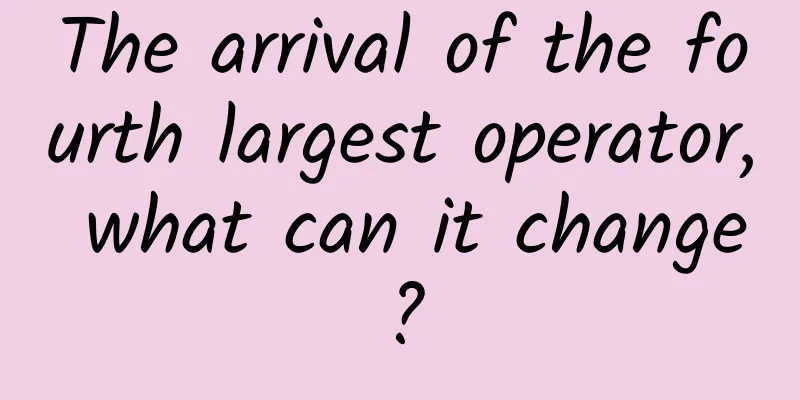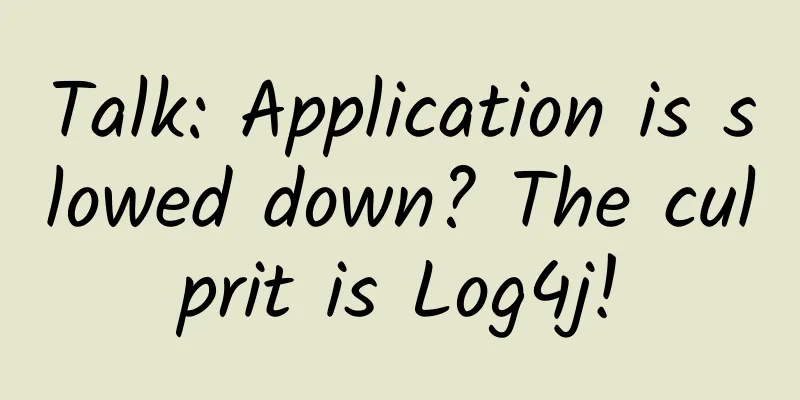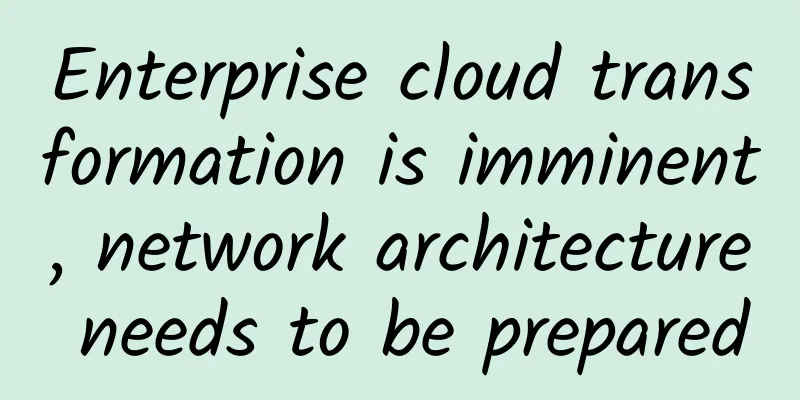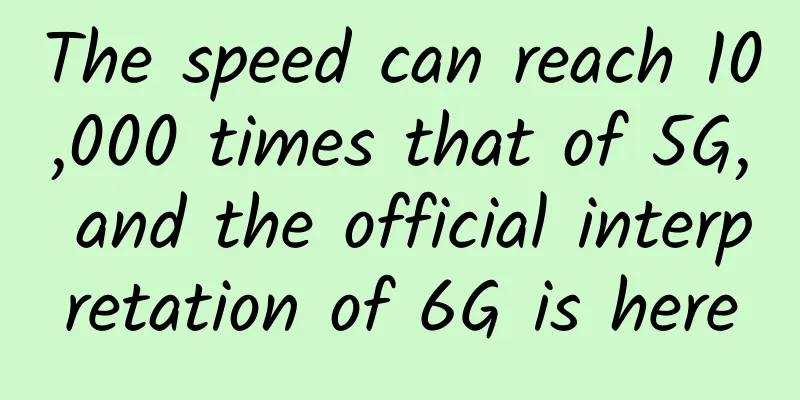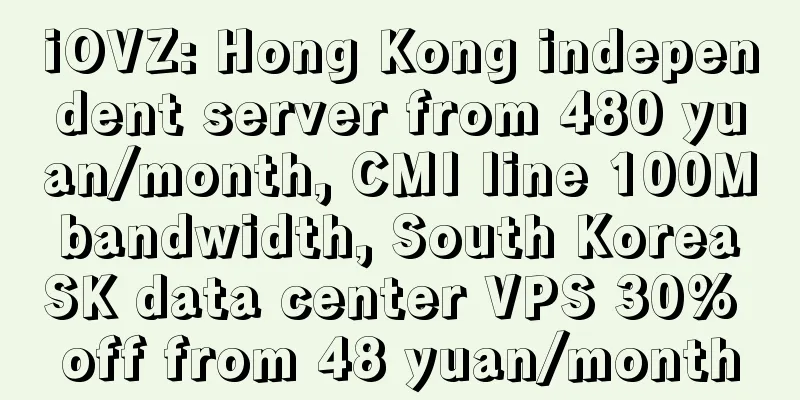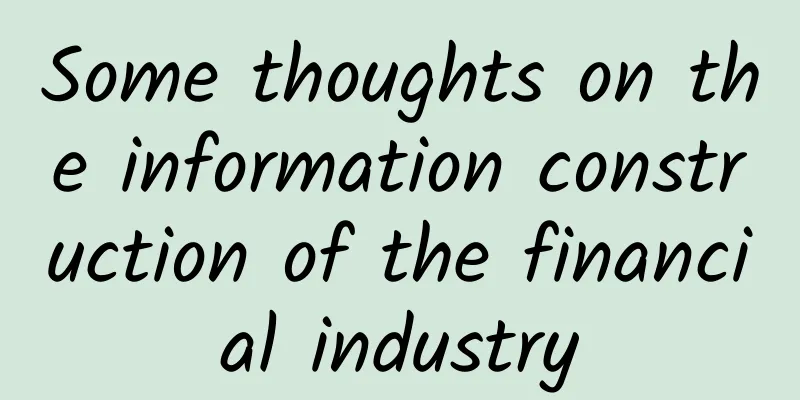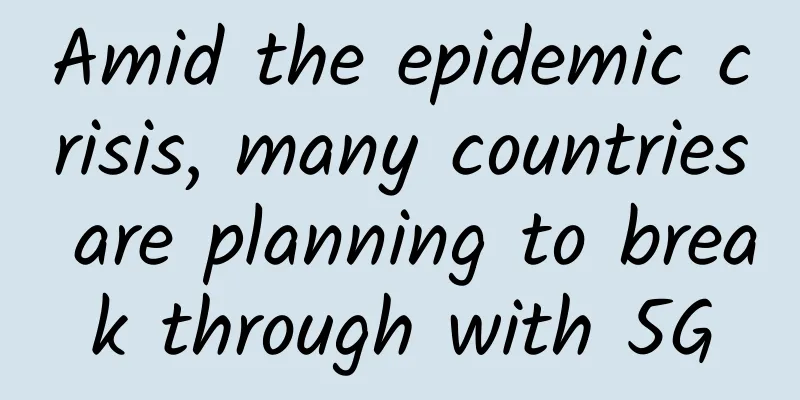HTTP 3 is coming soon
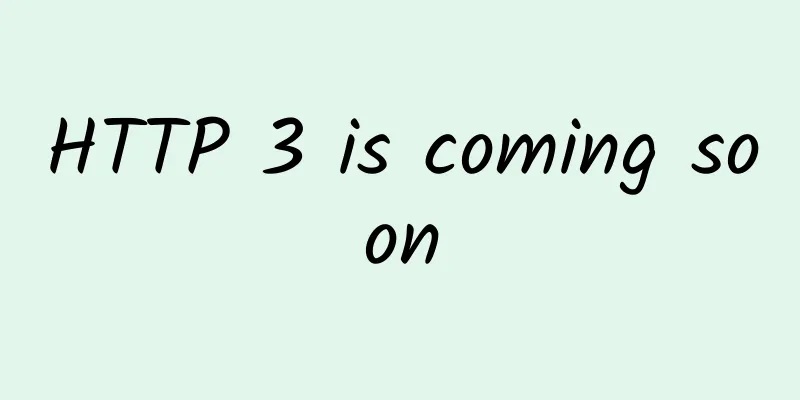
|
HTTP 3 This is a protocol that has not yet emerged. However, I noticed that YouTube has been using HTTP 3 in Chrome (not sure about others though!). How do I know? Because I use a plugin to see the HTTP protocol (HTTP/2 and SPDY indicators). What's new? The new specification also promises a faster, better, and more secure web experience. But how? HTTP 3 intends to simplify the TCP handshake (it's a 3-way handshake, hi, hi again, okay, you got my hi, same). On top of that, the connection establishment speed using the QUIC protocol is faster, which is also new. Enhanced connection establishment guarantees better connection migration between WiFi connections and mobile networks, etc. Note that this is not the connection migration you see between routers on the same network. Much more complicated. Finally, this also promises to eliminate TCP slow start, allowing for instant high speeds. This will really make 5G exciting! Instead of having to see speeds start at 10Mbps and increase to 1.5Gbps. This is important for gaming in situations like Stadia. This could be YouTube super fast, streaming in HD from boot, with no buffering. The perfect spec will probably be out closer to the end of the year. What is HTTP? HTTP stands for Hypertext Transfer Protocol. It is a set of rules used to deliver web pages from a server to a browser. HTTPS simply means using the same protocol over an encrypted layer for better privacy. HTTP and its layers (TCP/IP Stack). Source: Mozilla Dev For those familiar with the OSI (Open Systems Interconnections) Internetworking/Communications specifications, HTTP is an application layer protocol. This means that it is agnostic to the underlying hardware architecture or media. This allows the HTTP specification to be improved and upgraded with increased bandwidth, etc. You will see this happening shortly! Fetching the page. Source: Mozilla Dev The client in this definition is the user agent. This could be a browser, program, or anything that makes calls to the server using the HTTP protocol. The web server is responsible for sending or providing the requested content. The agent coordinates the communication between the web server and the user agent. The functions of the agent are as follows:
In HTTP 1 or (1.1), only the above tasks were carried out peacefully. However, in 2009, an updated protocol HTTP 2 began to be proposed. HTTP 2 HTTP 2 was proposed to address some limitations encountered by HTTP 1 as network technology and bandwidth advances.
HTTP 2 provides a faster and more secure (HTTP encryption is mandatory in HTTP 2) web experience. |
<<: How to implement message communication elegantly?
>>: Base station construction progress exceeds expectations. What changes has 5G brought?
Recommend
HostKvm April Promotion: 20% off on all VPS hosts, starting from $5.2/month in Hong Kong/Los Angeles data centers
HostKvm is a foreign hosting service provider fou...
Apple CEO Cook: 5G promotion is still in the "early stages"
Apple CEO Tim Cook believes that 5G promotion is ...
LOCVPS: Hong Kong Confederation/Cloud VPS 40% off, 2GB memory package starting at 33 yuan per month
LOCVPS (Global Cloud) is an early established Chi...
Ali Chen Haiqing: The future of intelligent human-computer interaction from Ali Xiaomi
[Original article from 51CTO.com] On July 21 and ...
DogYun National Day Promotion: 30% off on Elastic Cloud, 20% off on Classic Cloud, 10 yuan free for 100 yuan recharge, buy 1 month and use 2 months on dedicated server
DogYun has launched a promotion during this year&...
What is Zigbee? Why is it important for your smart home?
Smart home connections include not only familiar ...
Research and Markets: Global 5G system integration market size will reach US$45.5 billion in 2027
On April 20, according to foreign media reports, ...
Five hybrid video conferencing tips for effective collaboration
[[417444]] When Pixoul, a Dallas-based web design...
Why SDN and IBN Require Better Network Visibility
Intent-based networking (IBN) has been a topic of...
Cache + HASH = high concurrency? You think the high concurrency architecture is too simple!
[51CTO.com original article] In the Internet era,...
Network Technology Outlook 2023: Virtual Networks Will Drive NaaS Development, Cloud-Hosted Security Options Will Explode
What are the most important things that enterpris...
The interviewer asked me to turn left because of the thread pool!
A few days ago, my friend had an interview. Durin...
It's 2021, what is the real experience of IPv6? A programmer tells his personal experience
[[428843]] Since the issuance of the "Action...
The Ministry of Industry and Information Technology has indicated 10 important directions for 5G development in 2020!
On January 20, the State Council Information Offi...
Comparison of operating data in November: Which of the three major operators has better data?
Recently, the three major operators have announce...
